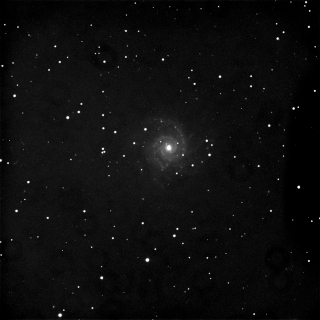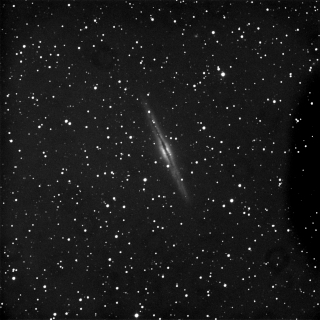Research Overview
The Supernova Search Program is an observing program designed to regularly observe a core group of galaxies, looking for supernova events. Supernovae are interesting and important objects. Their large luminosities mean that they can be used as "standard candles;" observations of supernovae have led to accurate distance measurements for very distant galaxies. They are also the sources of most of the metals in the universe, which has profound implications for life.
One supernova occurs approximately every 50 years in a galaxy like our own. Detecting supernovae thus requires multiple observations of many galaxies over time, making this project an ideal candidate for group participation. In this research program, we observe a total of 177 galaxies, in 6 different regions of the sky, on a weekly basis. The galaxy images are then processed and analyzed using a "blink compare" method to determine if a supernova is present in the observation.
One of the unique aspects of this research program is that it was designed by, and is currently run by, APUS Masters candidate students. The galaxy analysis is performed by APUS graduate and undergraduate students as well. We work in a team-based format. If you are interested in being part of the program, please contact [email protected], and one of our research leads will be in touch with you regarding training and assignment to a team.

NGC 628

NGC 891

NGC 908
Primary Researchers

Christopher Colvin

Terry Trevino


